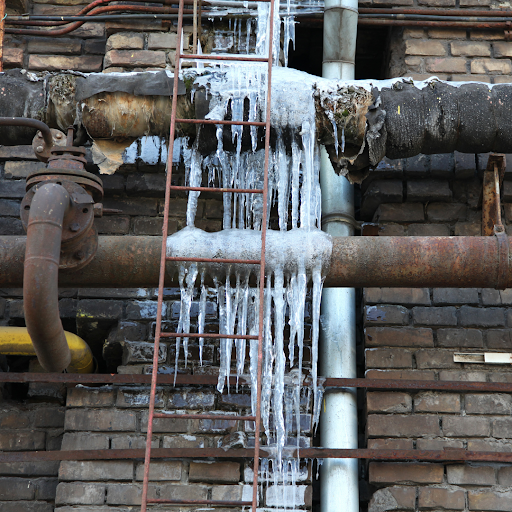What're your opinions about Helpful Tips to Prevent Frozen Pipes this Winter?

Winter can ruin your plumbing, especially by freezing pipes. Right here's exactly how to avoid it from taking place and what to do if it does.
Introduction
As temperatures drop, the risk of icy pipelines boosts, possibly bring about pricey repair services and water damage. Understanding just how to avoid frozen pipelines is important for homeowners in cool climates.
Avoidance Tips
Protecting vulnerable pipelines
Wrap pipelines in insulation sleeves or use warm tape to protect them from freezing temperature levels. Concentrate on pipes in unheated or outside locations of the home.
Heating methods
Maintain indoor areas adequately warmed, particularly areas with plumbing. Open up cabinet doors to permit cozy air to distribute around pipelines under sinks.
Just how to identify frozen pipes
Seek decreased water flow from faucets, unusual odors or noises from pipes, and visible frost on subjected pipes.
Long-Term Solutions
Structural adjustments
Think about rerouting pipes away from exterior wall surfaces or unheated locations. Include added insulation to attic rooms, cellars, and crawl spaces.
Updating insulation
Purchase premium insulation for pipelines, attics, and walls. Proper insulation helps maintain consistent temperature levels and lowers the threat of icy pipelines.
Securing Outdoor Pipes
Yard pipes and exterior taps
Detach and drain garden hoses before wintertime. Install frost-proof faucets or cover outdoor taps with shielded caps.
Understanding Frozen Pipelines
What triggers pipes to ice up?
Pipelines freeze when exposed to temperature levels listed below 32 ° F (0 ° C) for extended periods. As water inside the pipes ices up, it increases, taxing the pipeline walls and potentially creating them to break.
Dangers and damages
Frozen pipelines can cause water supply interruptions, property damage, and costly repairs. Burst pipes can flooding homes and create extensive structural damage.
Indications of Frozen Water Lines
Determining icy pipelines early can prevent them from bursting.
What to Do If Your Pipelines Freeze
Immediate activities to take
If you believe icy pipelines, keep faucets open to relieve stress as the ice thaws. Utilize a hairdryer or towels soaked in warm water to thaw pipelines gradually.
Final thought
Avoiding icy pipelines requires proactive actions and quick responses. By recognizing the causes, indicators, and safety nets, property owners can secure their pipes during cold weather.
5 Ways to Prevent Frozen Pipes
Drain Outdoor Faucets and Disconnect Hoses
First, close the shut-off valve that controls the flow of water in the pipe to your outdoor faucet. Then, head outside to disconnect and drain your hose and open the outdoor faucet to allow the water to completely drain out of the line. Turn off the faucet when done. Finally, head back to the shut-off valve and drain the remaining water inside the pipe into a bucket or container. Additionally, if you have a home irrigation system, you should consider hiring an expert to clear the system of water each year.
Insulate Pipes
One of the best and most cost-effective methods for preventing frozen water pipes is to wrap your pipes with insulation. This is especially important for areas in your home that aren’t exposed to heat, such as an attic. We suggest using foam sleeves, which can typically be found at your local hardware store.
Keep Heat Running at 65
Your pipes are located inside your walls, and the temperature there is much colder than the rest of the house. To prevent your pipes from freezing, The Insurance Information Institute suggests that you keep your home heated to at least 65 degrees, even when traveling. You may want to invest in smart devices that can keep an eye on the temperature in your home while you’re away.
Leave Water Dripping
Moving water — even a small trickle — can prevent ice from forming inside your pipes. When freezing temps are imminent, start a drip of water from all faucets that serve exposed pipes. Leaving a few faucets running will also help relieve pressure inside the pipes and help prevent a rupture if the water inside freezes.
Open Cupboard Doors
Warm your kitchen and bathroom pipes by opening cupboards and vanities. You should also leave your interior doors ajar to help warm air circulate evenly throughout your home.

I'm just very involved in 6 Ways to Prevent Frozen Pipes and I hope you liked the new article. Sharing is good. Helping others is fun. We thank you for reading our article about How to prepare your home plumbing for winter weather.
Schedule And Pricing